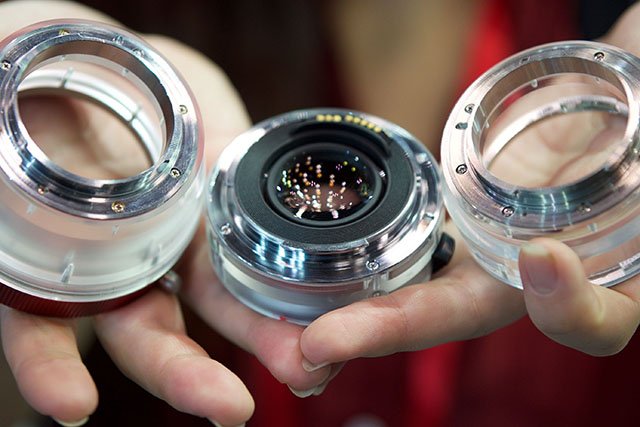I confess that I am a supporter of flashes, often undesirable, I think they fit well in some landscapes, but not so much in portraits (I prefer more?Clean?) Portraits and most of the old film cameras used in lomography had focused light. to form the most diverse and unexpected effects on images. Even today, there are still many enthusiasts of these techniques who use cheap cameras with plastic lenses. Only now does it seem to have reached another level: a Japanese company called Technical Farm had the audacity to create a translucent adapter for mirrorless cameras in order to intentionally filter the light to produce the torch.
The lens adapter acts as a bridge between the bayonet and the lens and, being translucent, lets light pass through the environment in which the images are completely altered. You can limit the amount of light by placing insulating tape at certain points on the adapter or by simply leaving your fingers on it, or can you even customize it?This light leak uses colorful LED flashlights creating the most varied flashes in the images that can be found in this link: http://petapixel. com/2015/ 11/24 / this-adapter-lens-transparent-te-allows-back-crazy-with-the-flash-of-lenses /. There is even a video on the link where you can see the variation in light intensity and tone that photographer Matthew Used the Allard website of the News Shooter.
- In principle.
- There are three versions of the “flare adapter”: one of the PL lenses (used in Arri cinema cameras) for Sony without mirror.
- Another of the Canon EF lenses for Sony without mirror and one of the Canon EF lenses for canon cameras themselves.
- I have not found any price anywhere for these adapters (not even on the official website).
- But these adapters.
- As simple as they are.
- Are often expensive and can only be worth it for those who already have lomography as a hobby and who have a lot of money for these add-ons.

